No products in the cart.
The Earl Sword (#1314)

The 13th Century was a turning point in the making of swords and armors of the Middle Ages. Typically, armors dating prior to the 13th century were mainly composed of mail armor, or maille, made to counter the impact of the uniform sword blades of the early medieval period. By the mid-13th century however, the armies of Feudal Europe witnessed not only an increase in plated armour but consequently, witnessed a change in blade geometry. Finely tapered blades, with very pointy tips now served to pierce through ever-increasing plate armor of the military elite….read more
 Hand forged from 5160 High Carbon Steel
Hand forged from 5160 High Carbon Steel
Differential Hardened at a Rockwell of 60 at the Edge; 48-50 at the core.
Fittings: Mild Steel
Handle: Leather Wrapped Wood Core
Total length: 34″
Blade length: 27.5″
Blade width at base: 2 1/8″
Grip Length: 4.75″ inches
Weight: 3.0 lbs
POB: 5.5 inches
USD580.00 – USD710.00



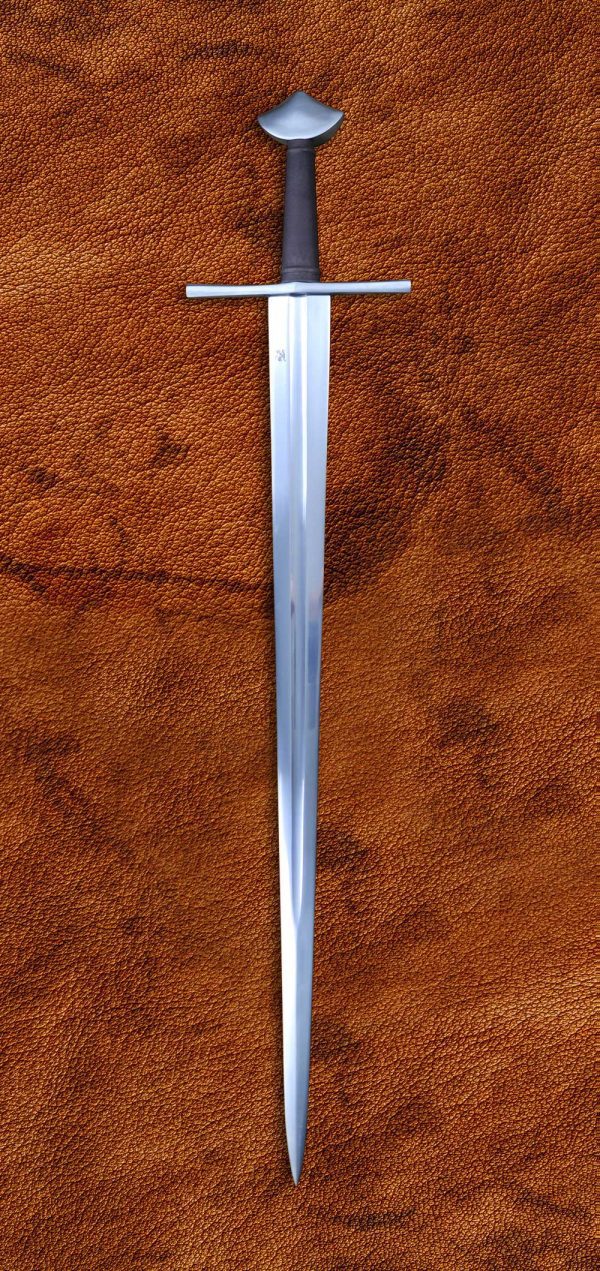
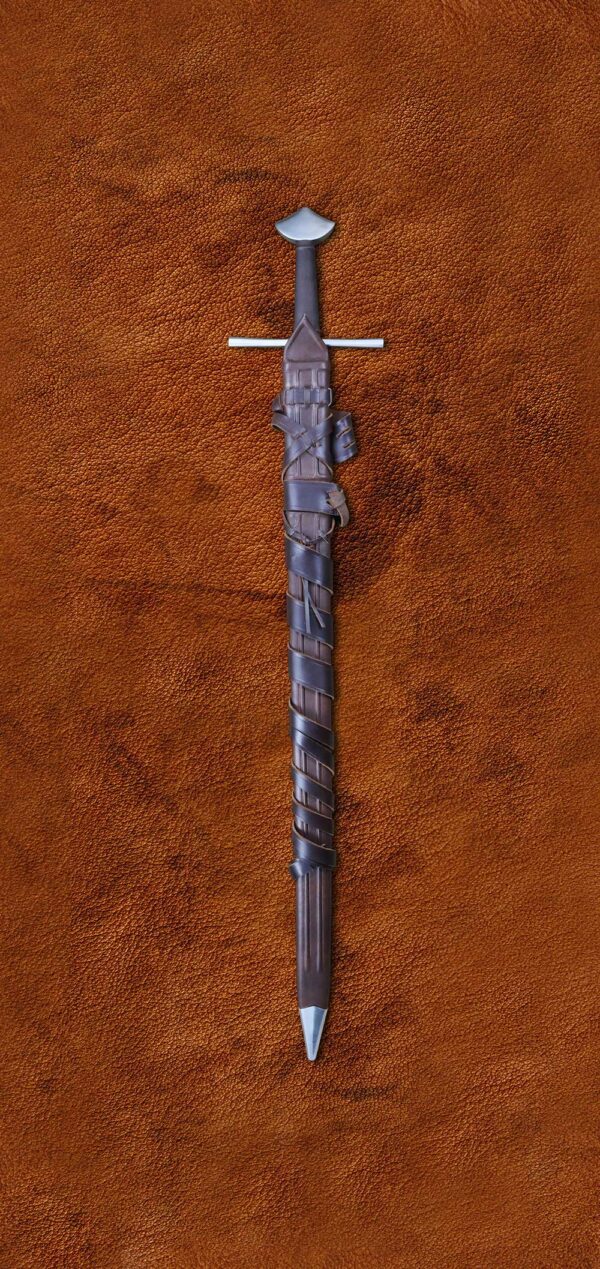
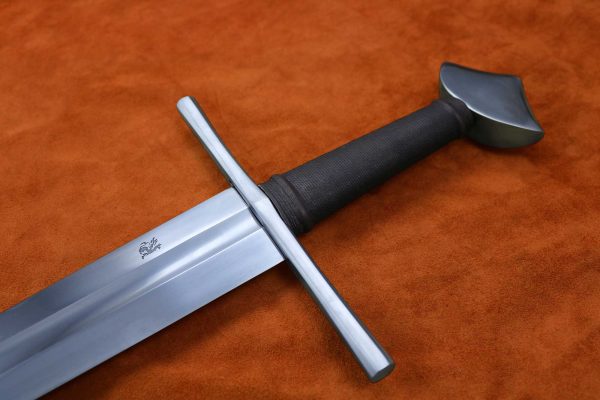
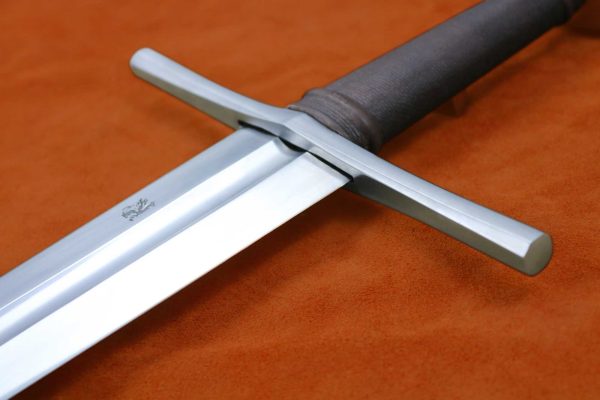
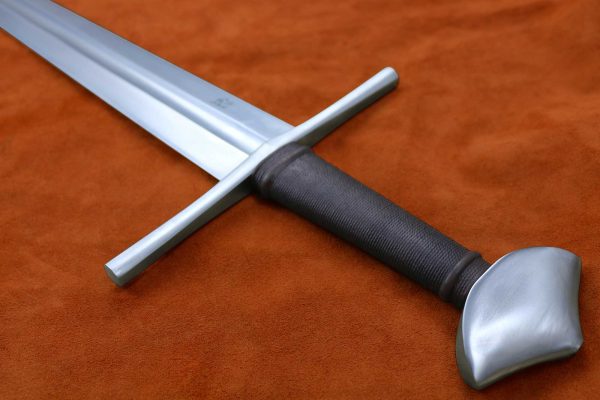
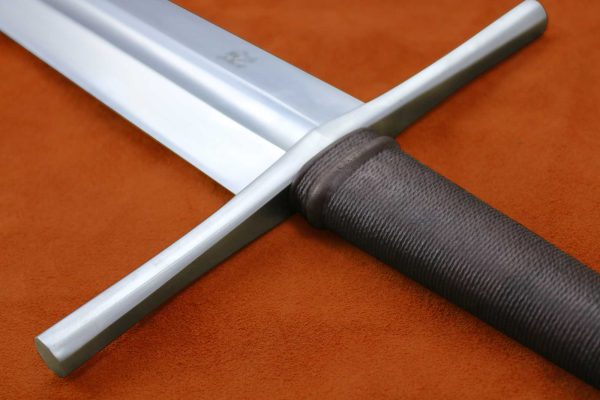
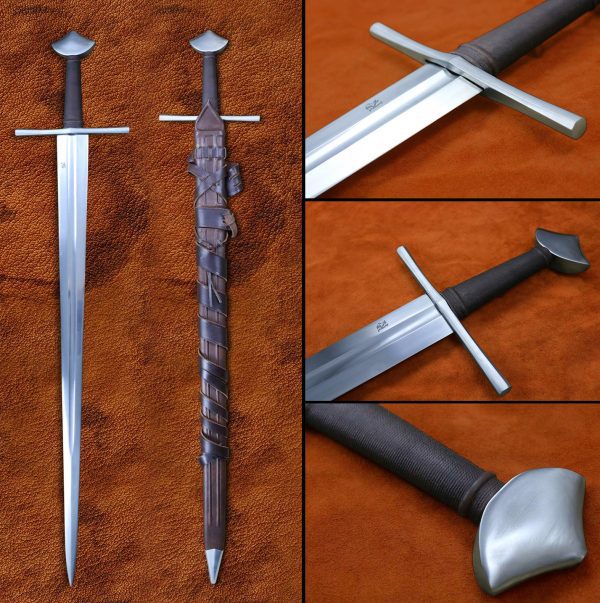
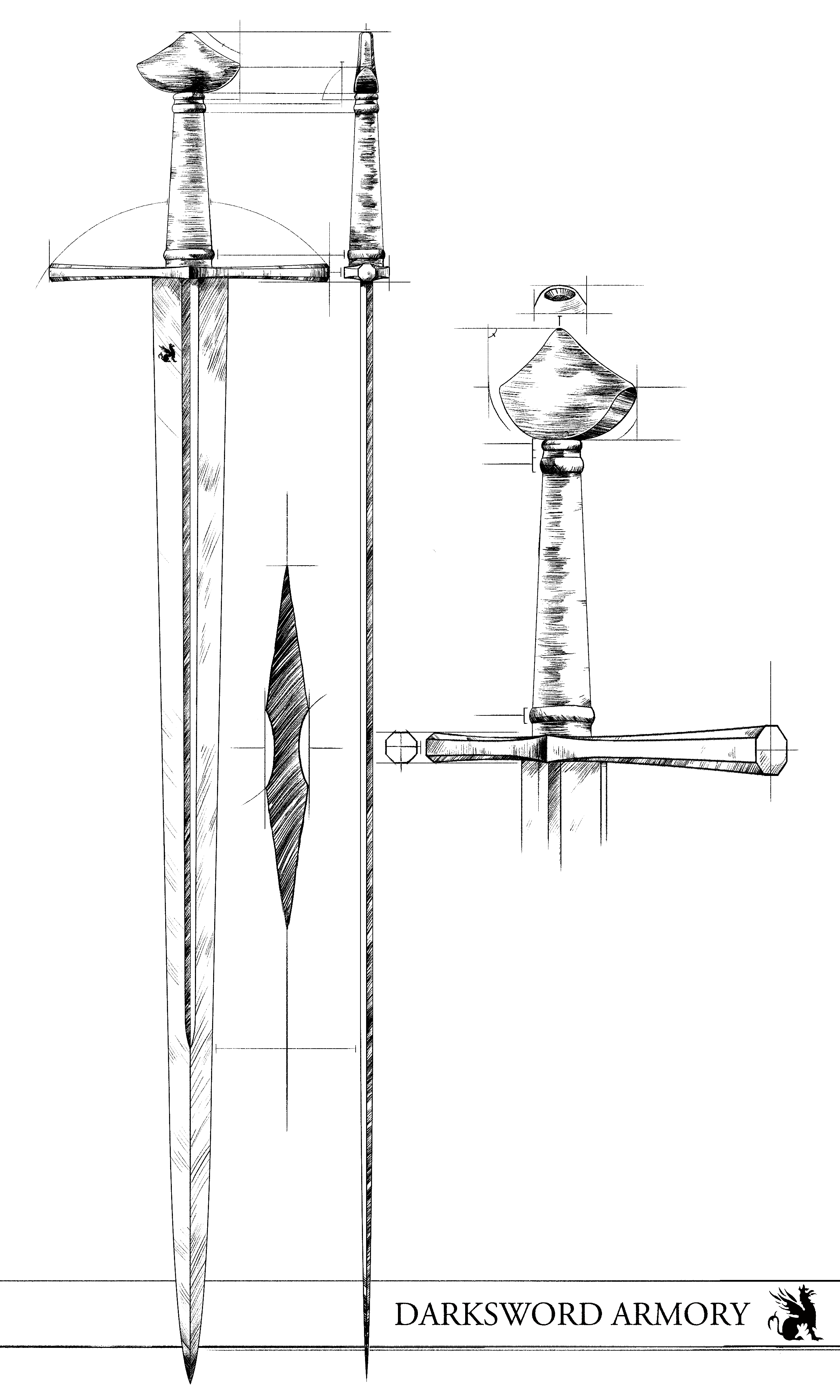 The 13th Century was a turning point in the making of swords and armors of the Middle Ages. Typically, armors dating prior to the 13th century were mainly composed of mail armor, or maille, made to counter the impact of the uniform sword blades of the early medieval period. By the mid-13th century however, the armies of Feudal Europe witnessed not only an increase in plated armour but consequently, witnessed a change in blade geometry. Finely tapered blades, with very pointy tips now served to pierce through ever-increasing plate armor of the military elite.
The 13th Century was a turning point in the making of swords and armors of the Middle Ages. Typically, armors dating prior to the 13th century were mainly composed of mail armor, or maille, made to counter the impact of the uniform sword blades of the early medieval period. By the mid-13th century however, the armies of Feudal Europe witnessed not only an increase in plated armour but consequently, witnessed a change in blade geometry. Finely tapered blades, with very pointy tips now served to pierce through ever-increasing plate armor of the military elite.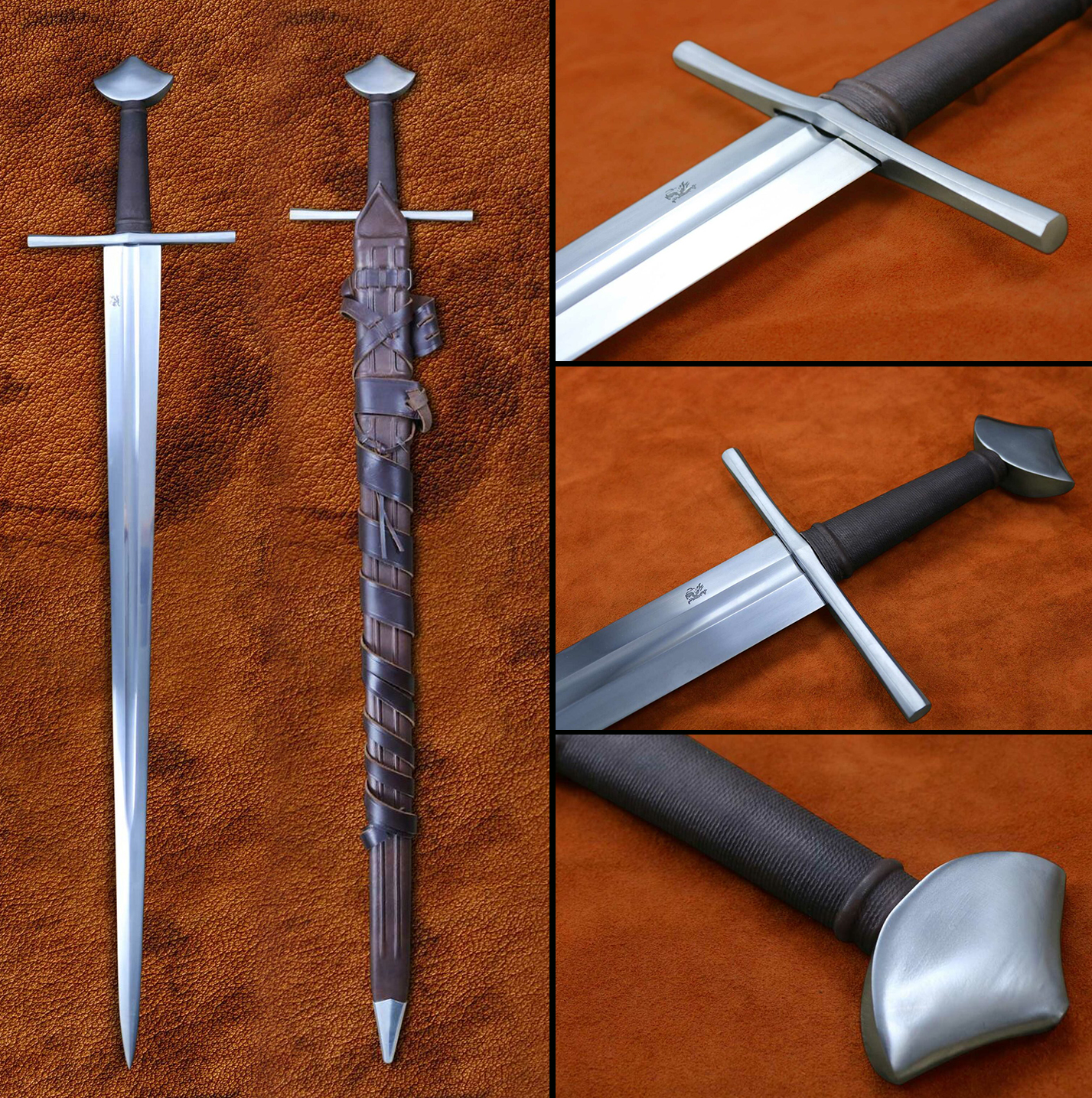
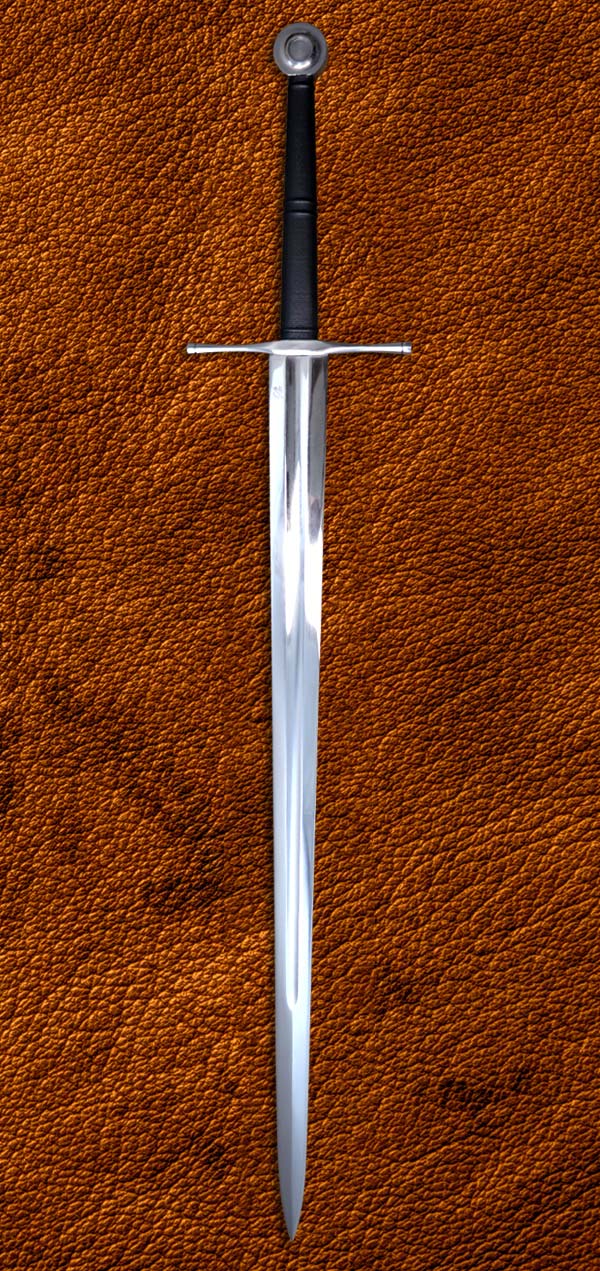
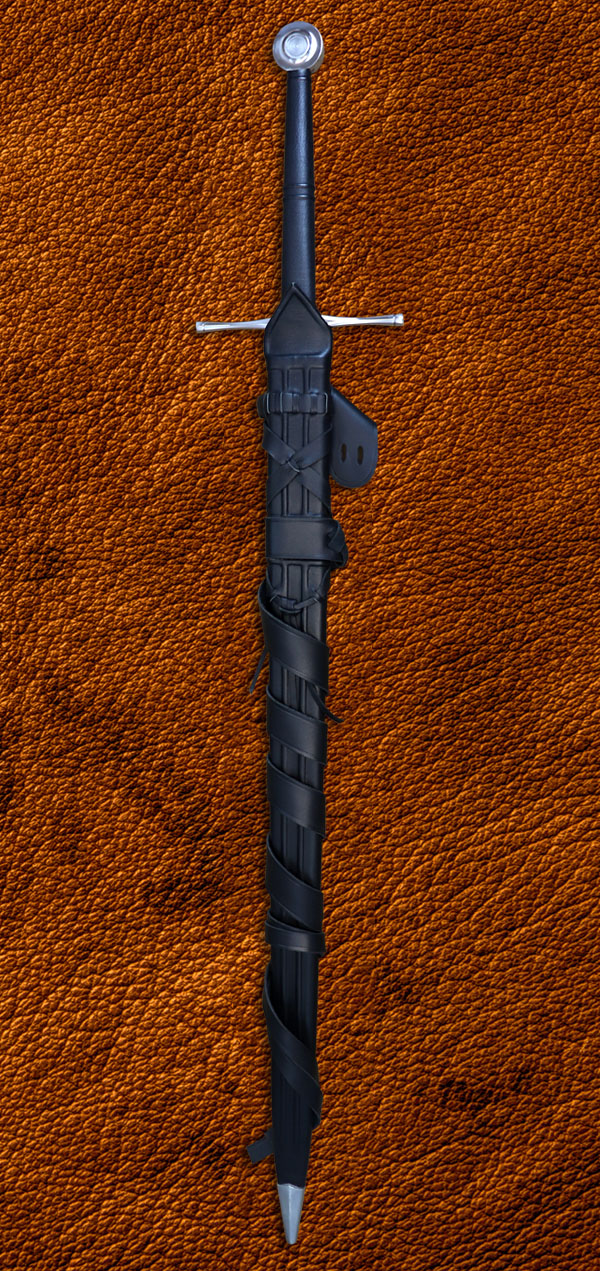
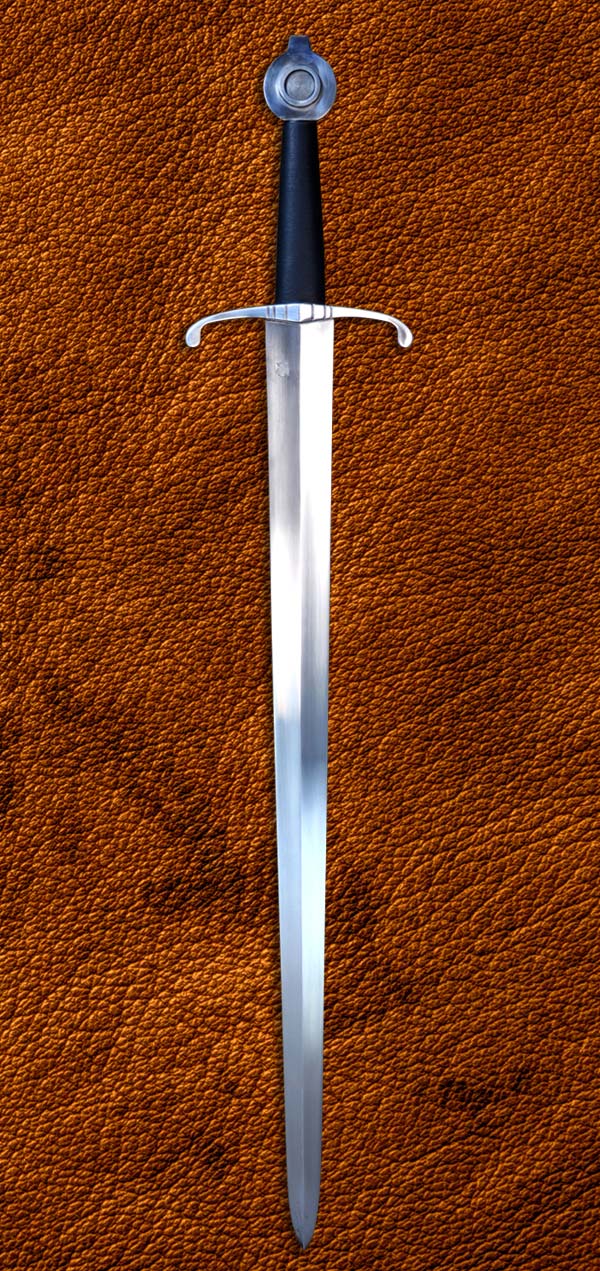
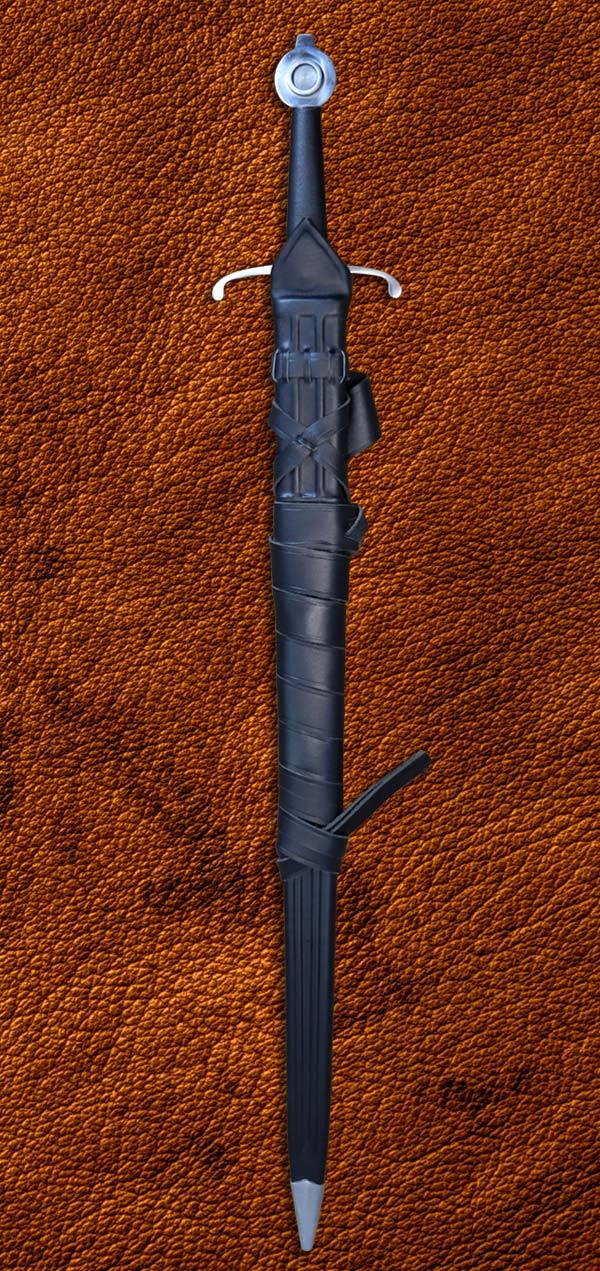
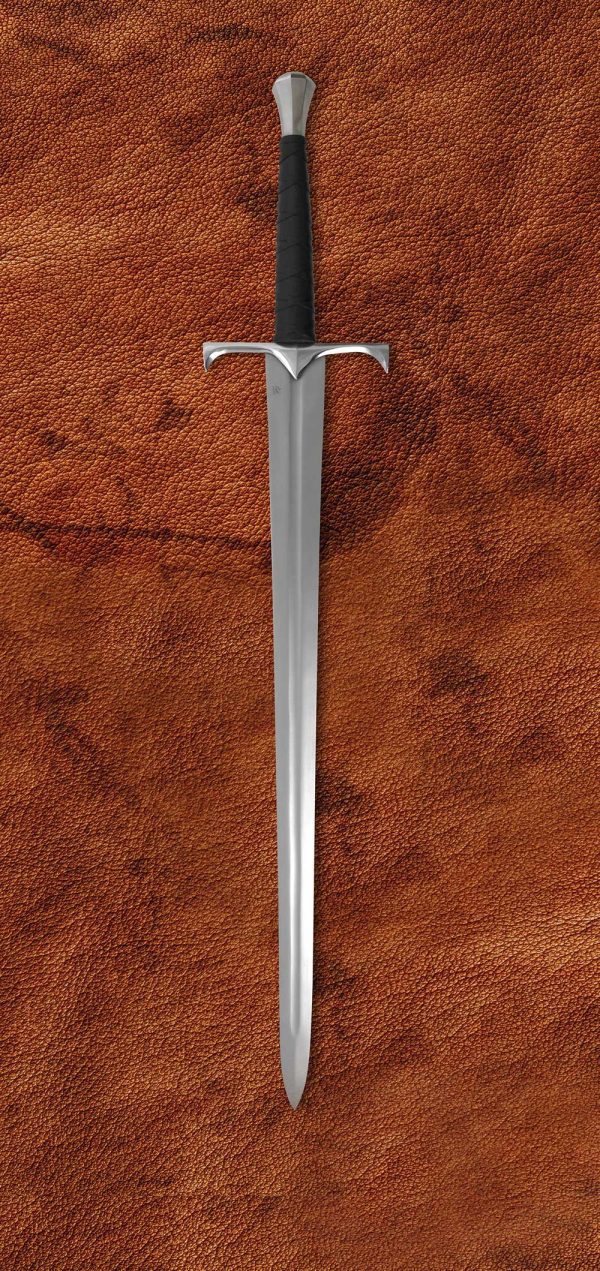
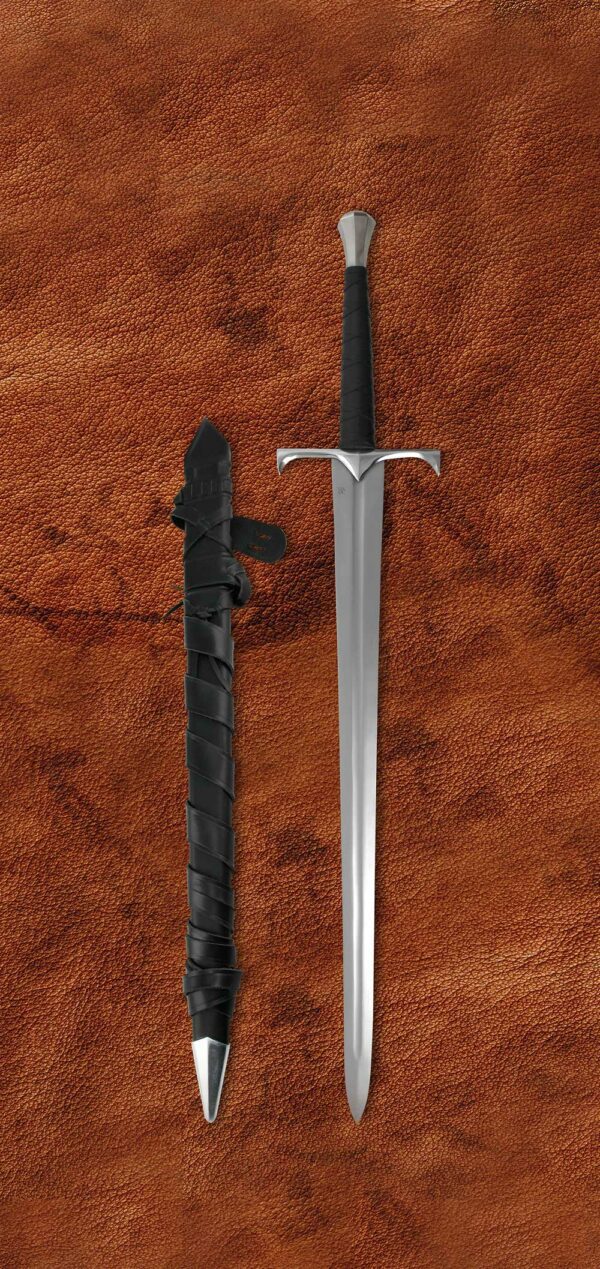
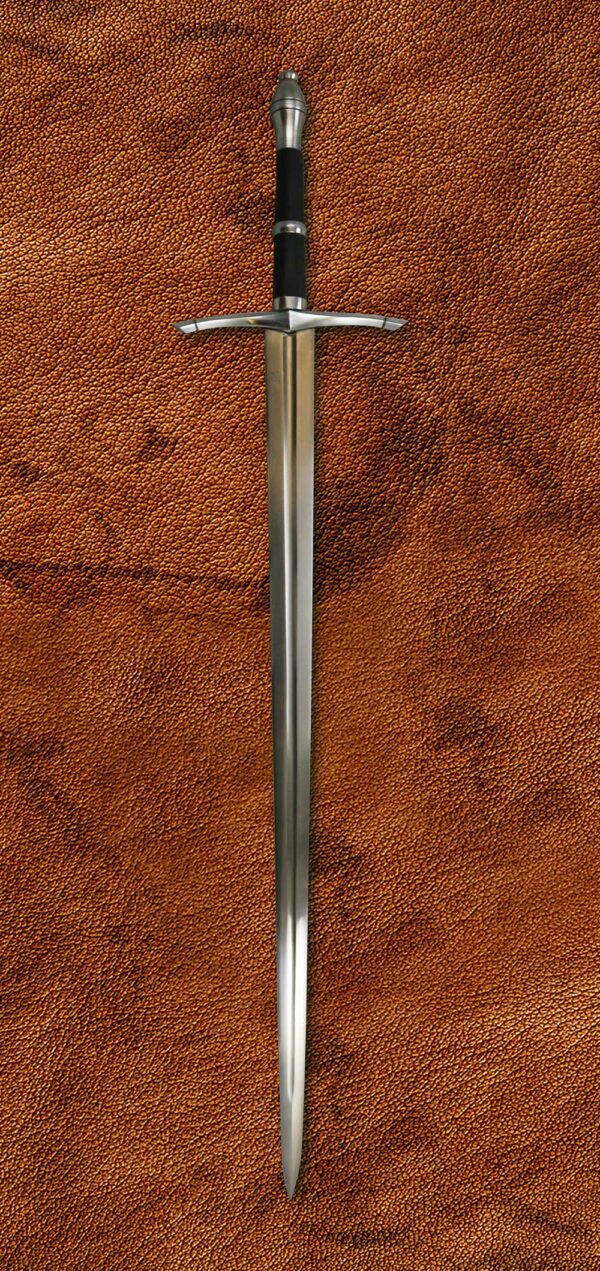
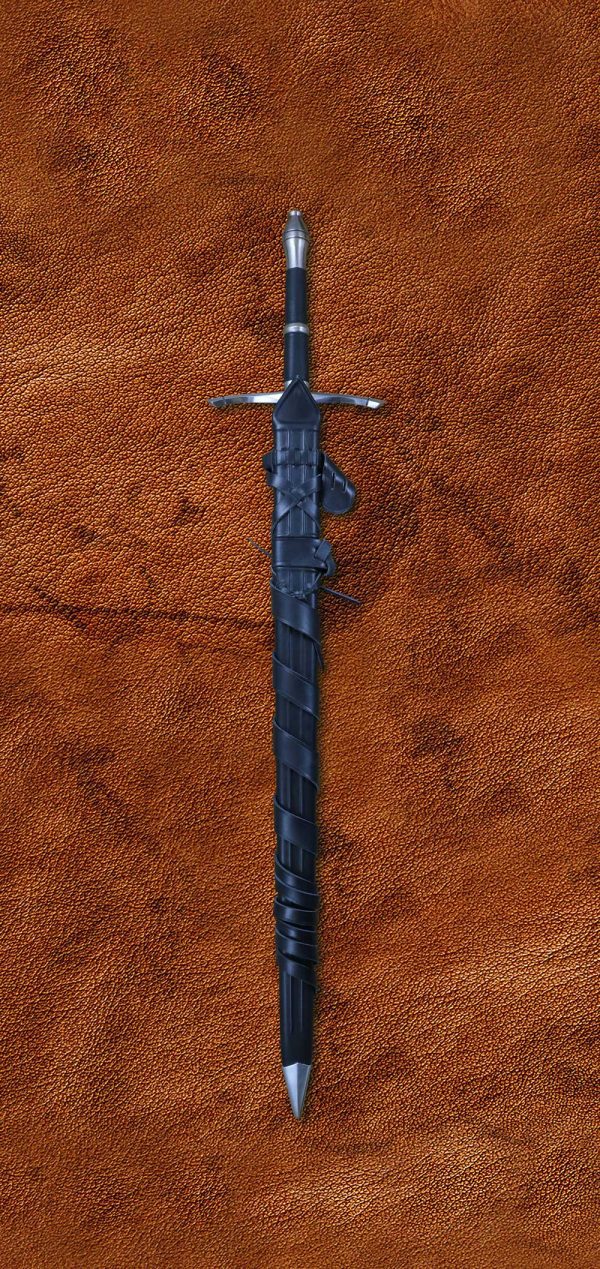
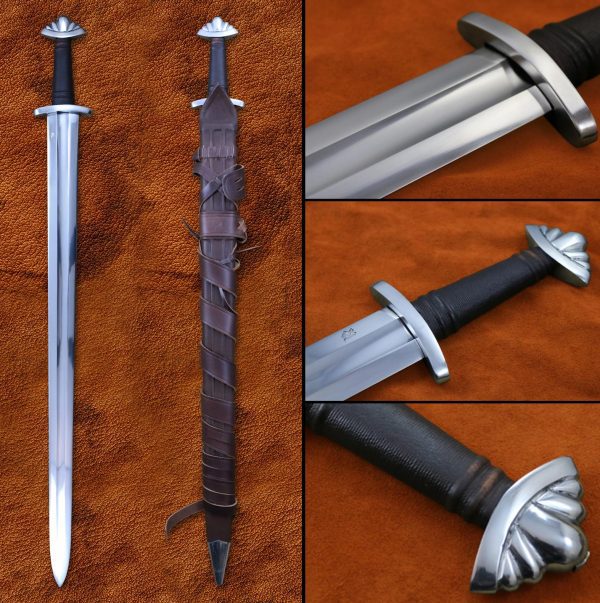
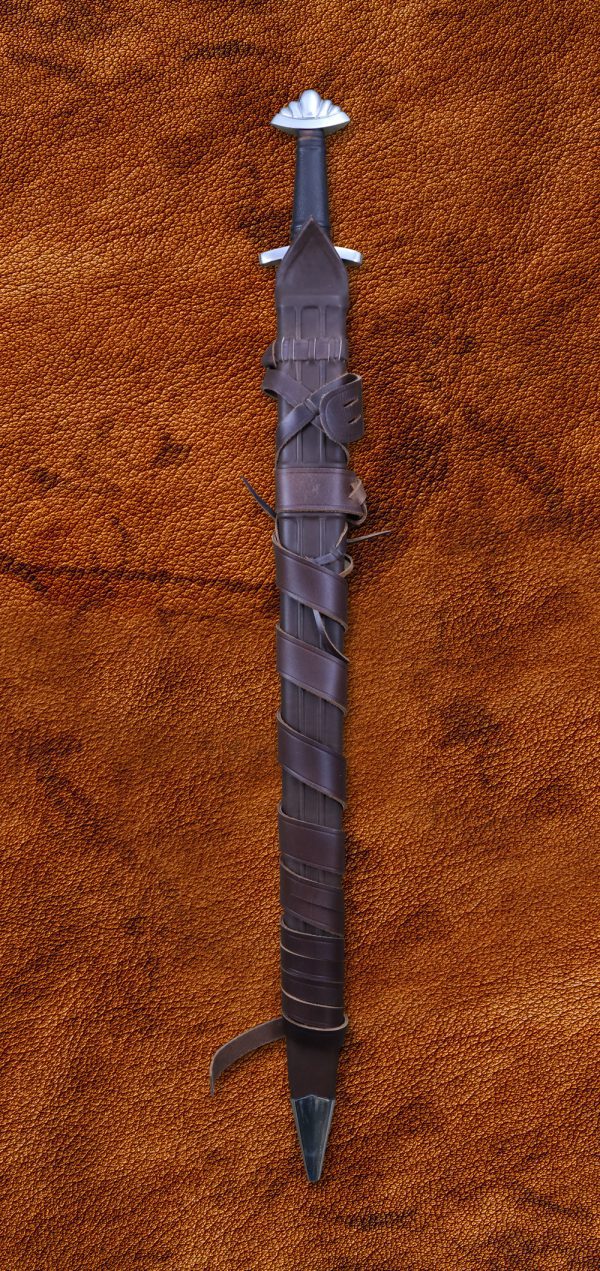
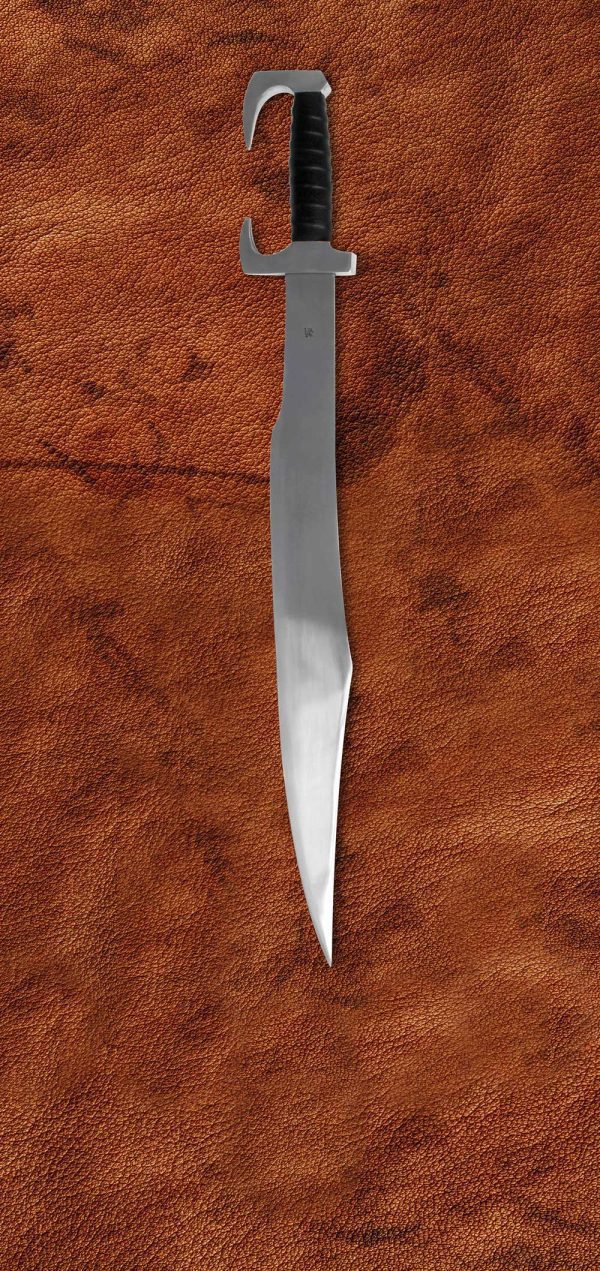
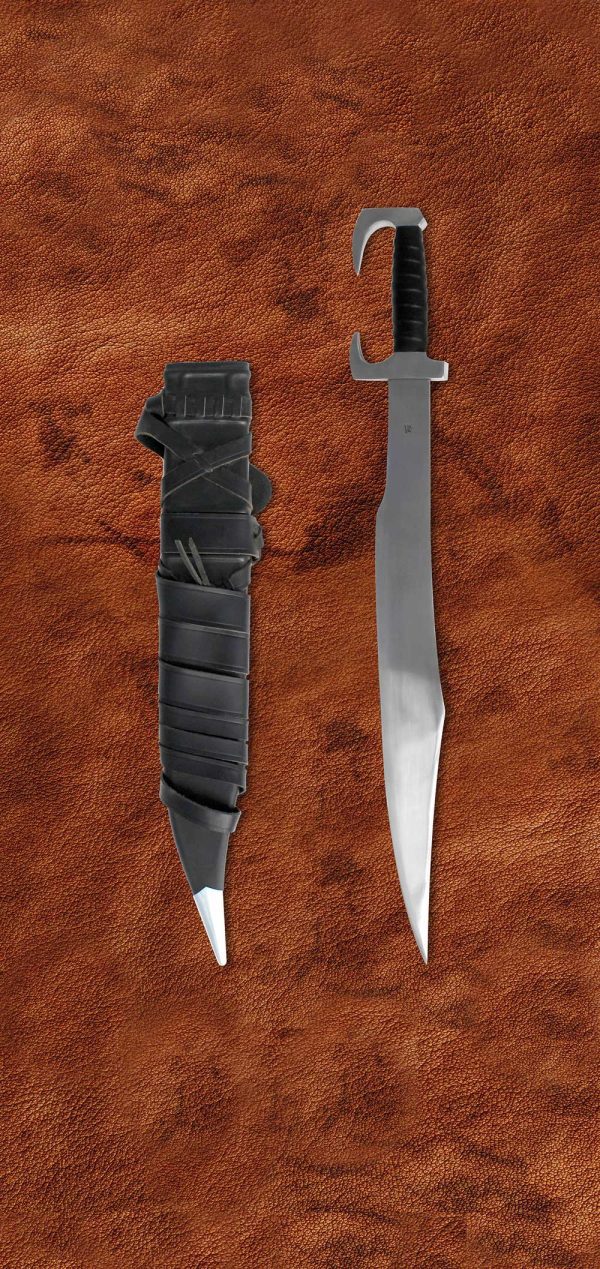
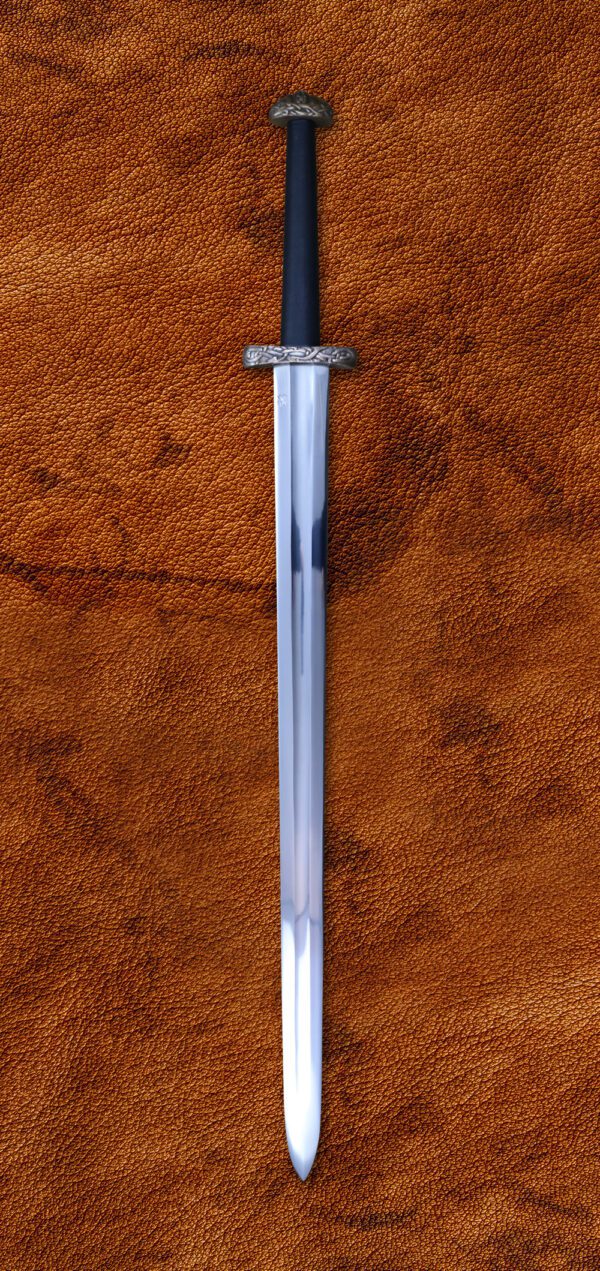
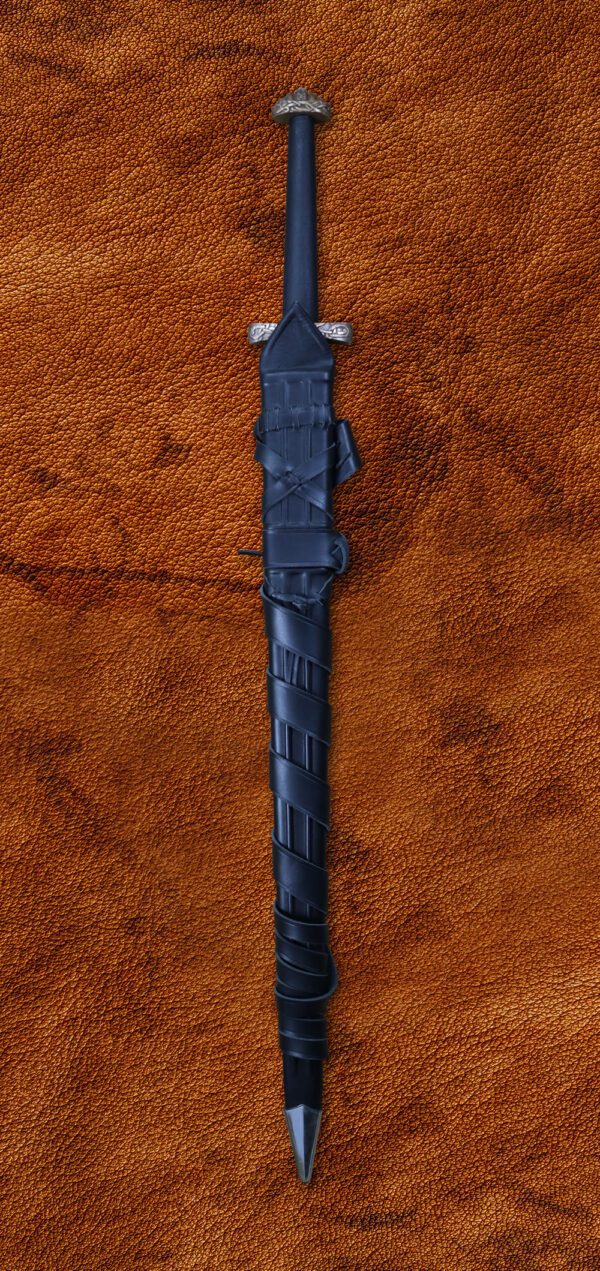
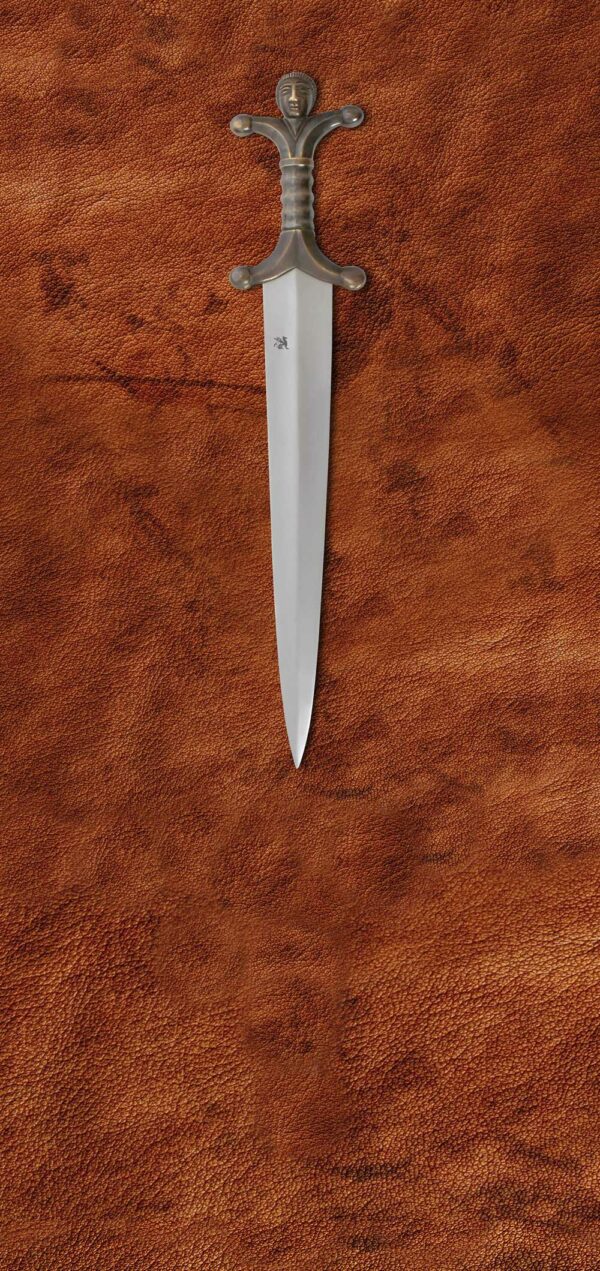
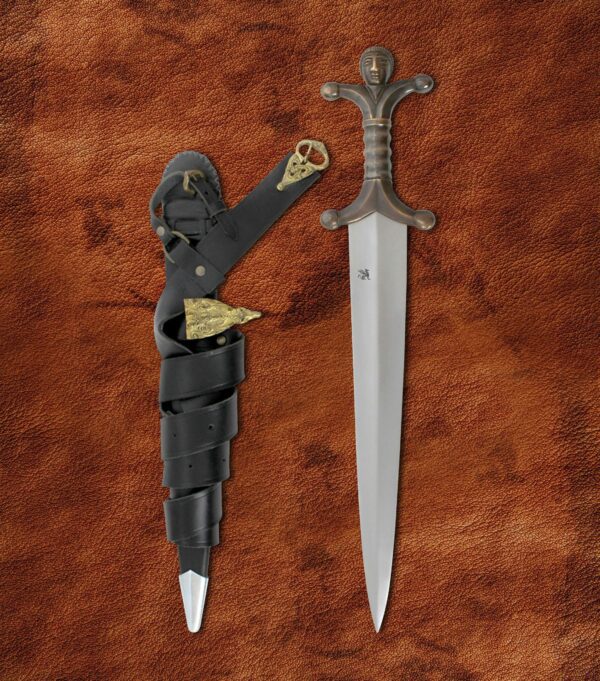
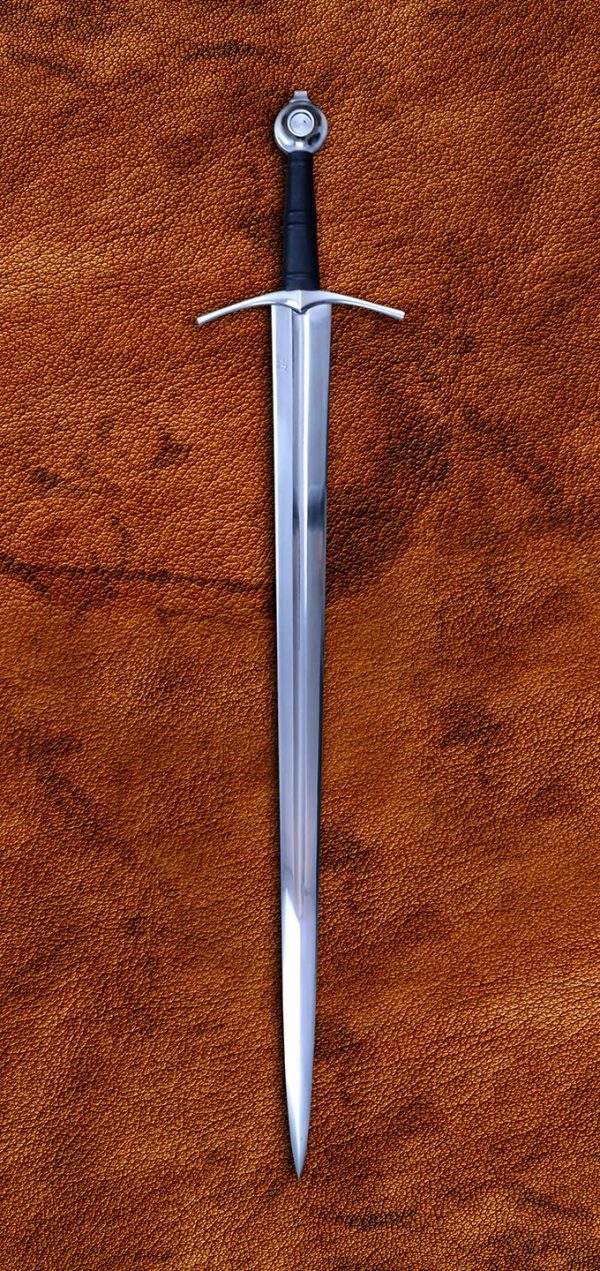
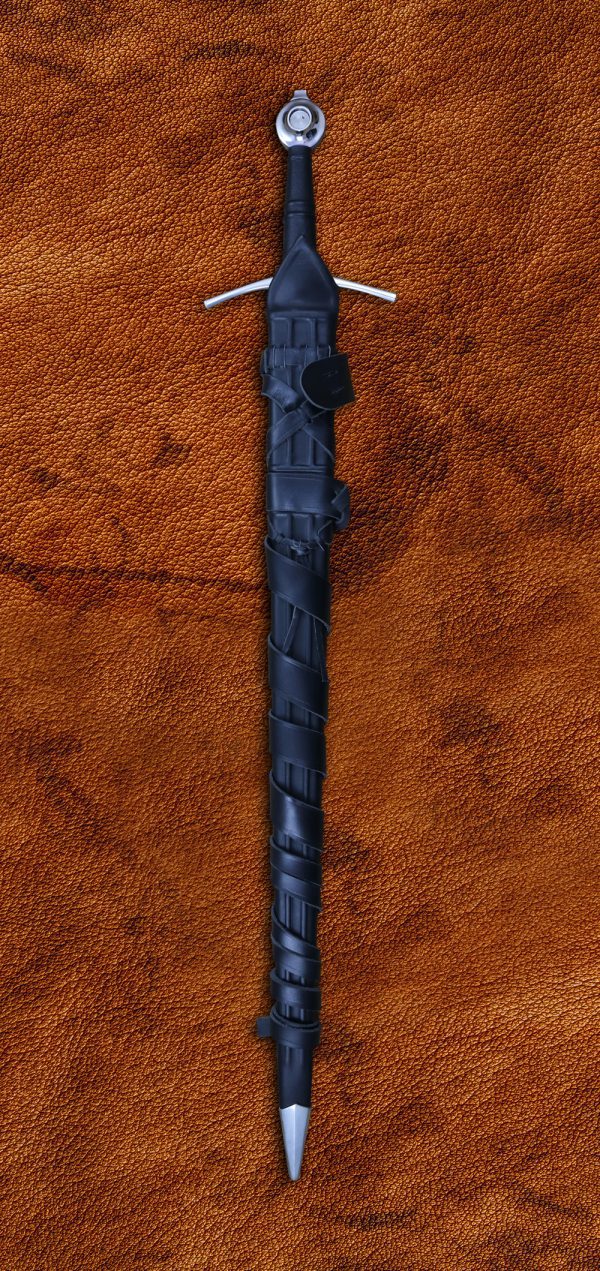
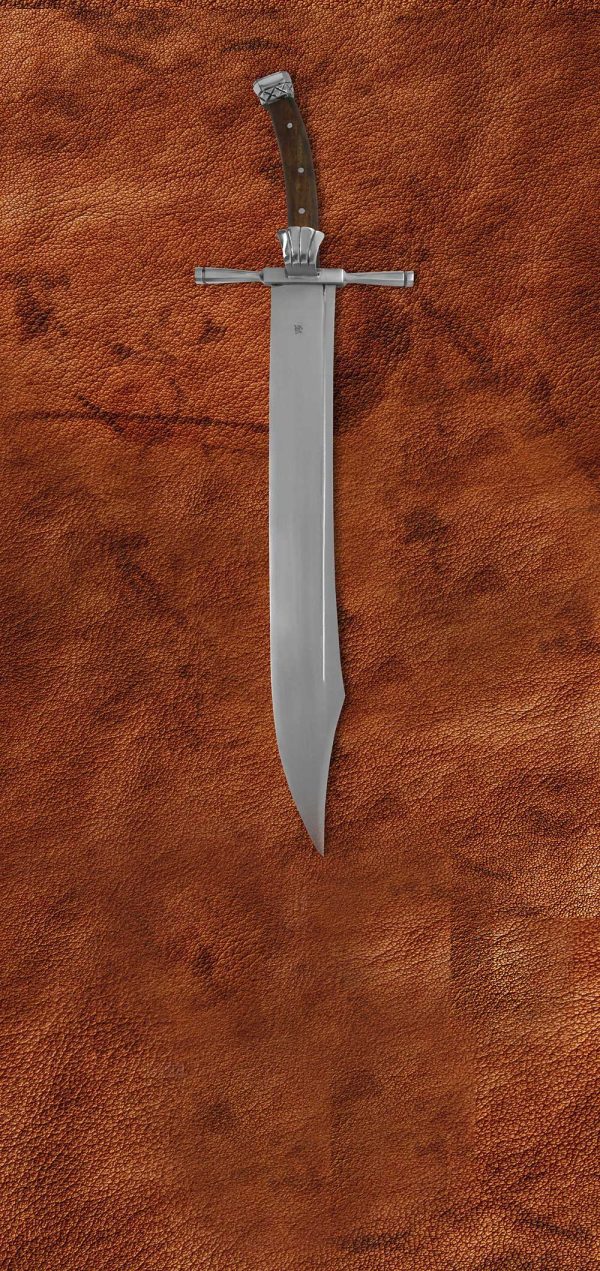
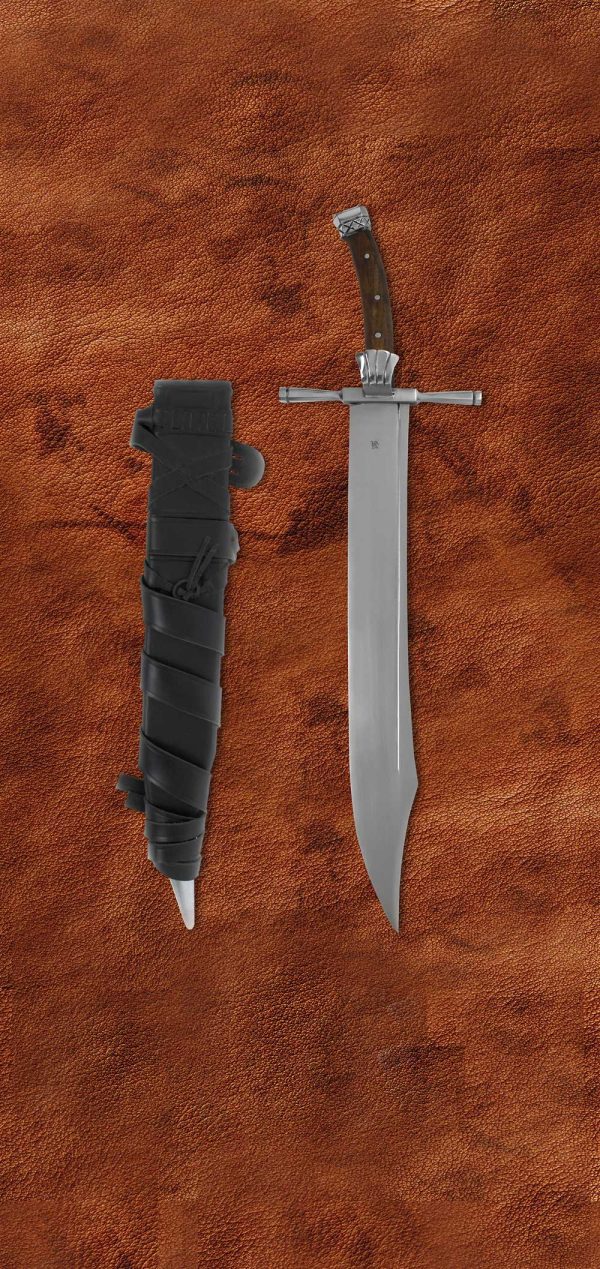
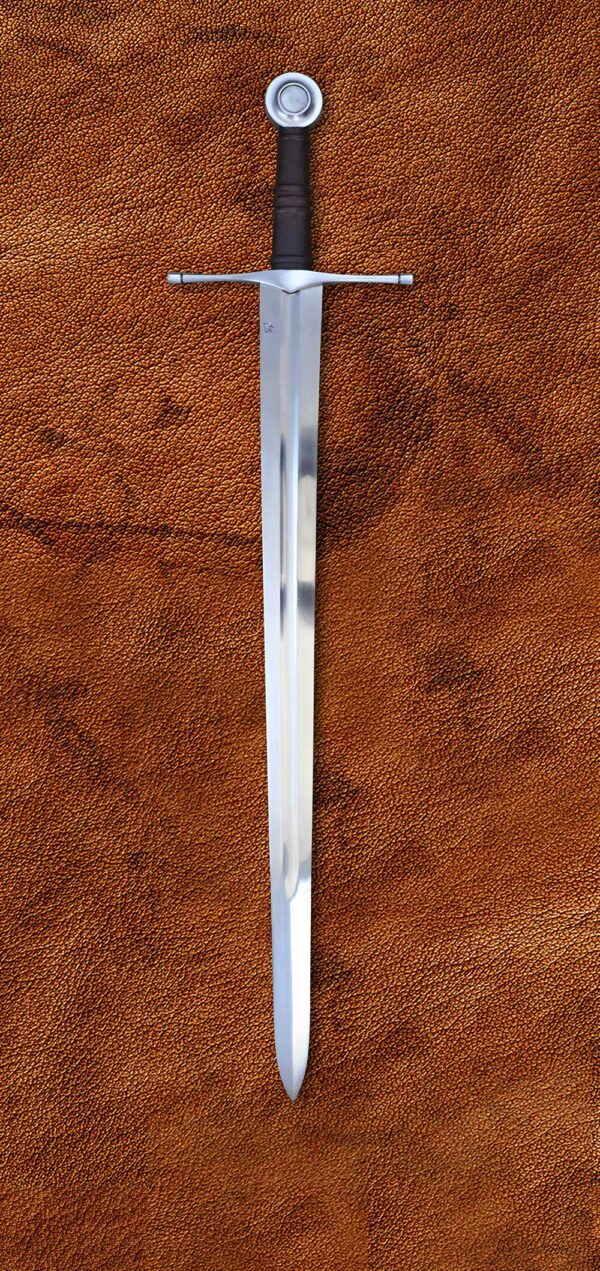
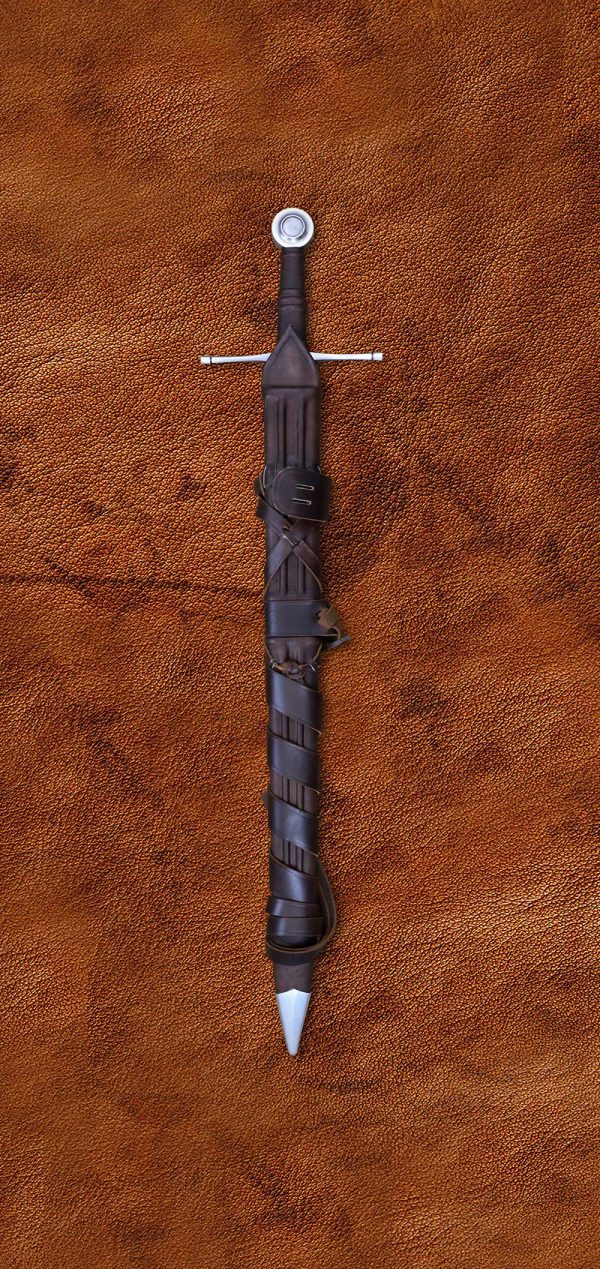
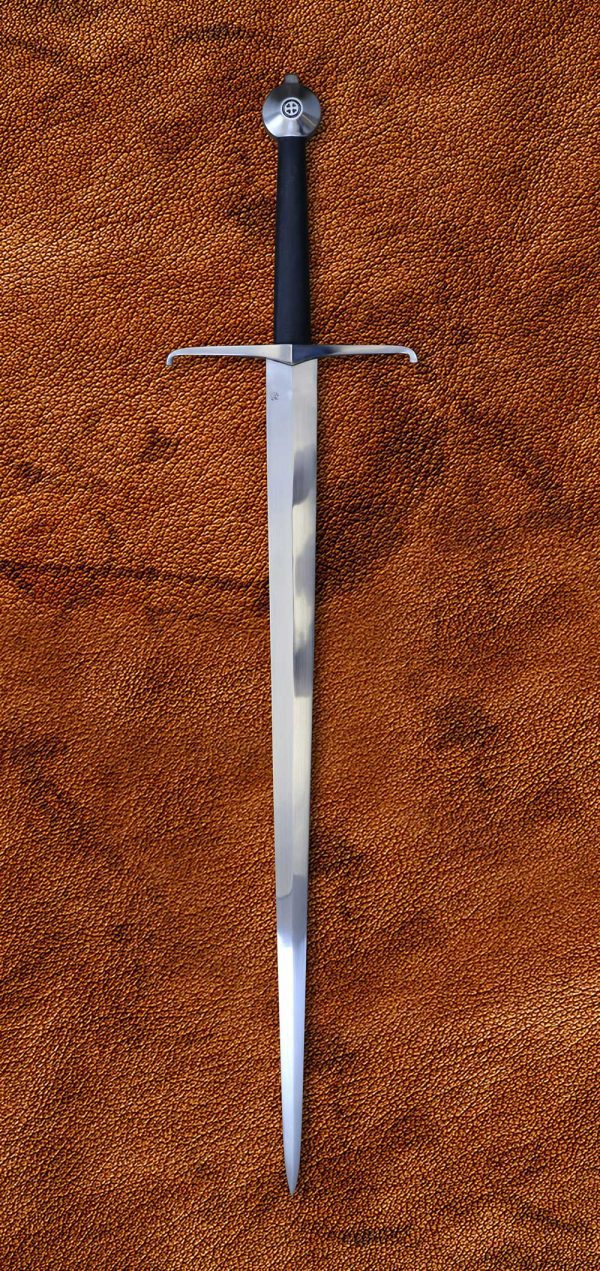
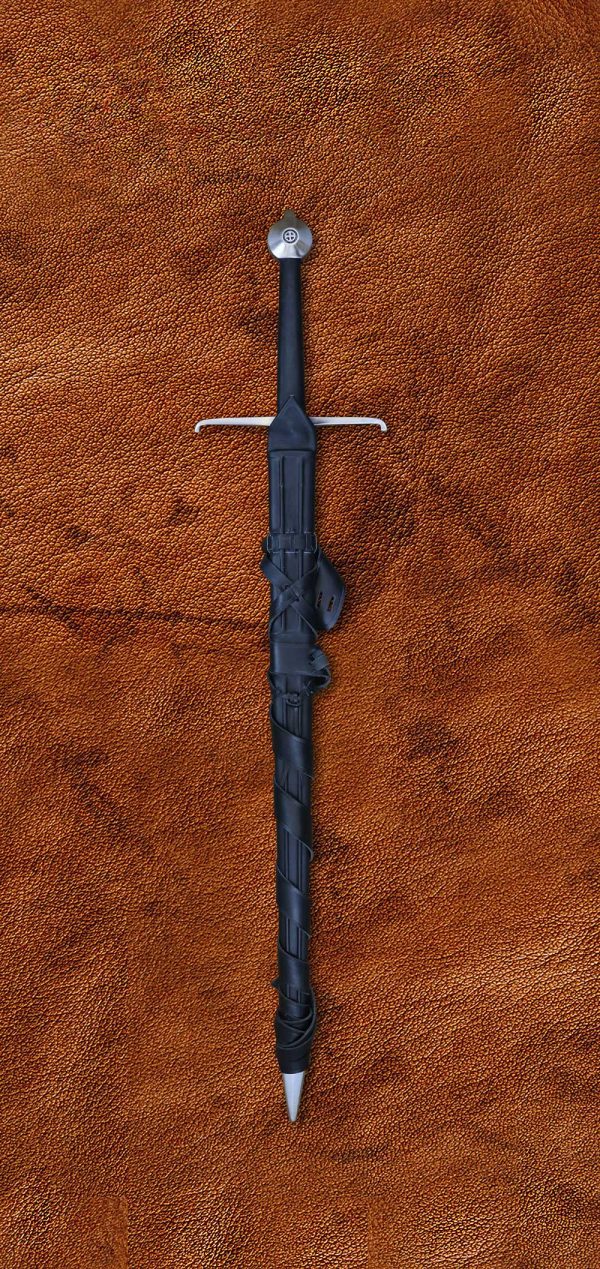
Reviews
There are no reviews yet.